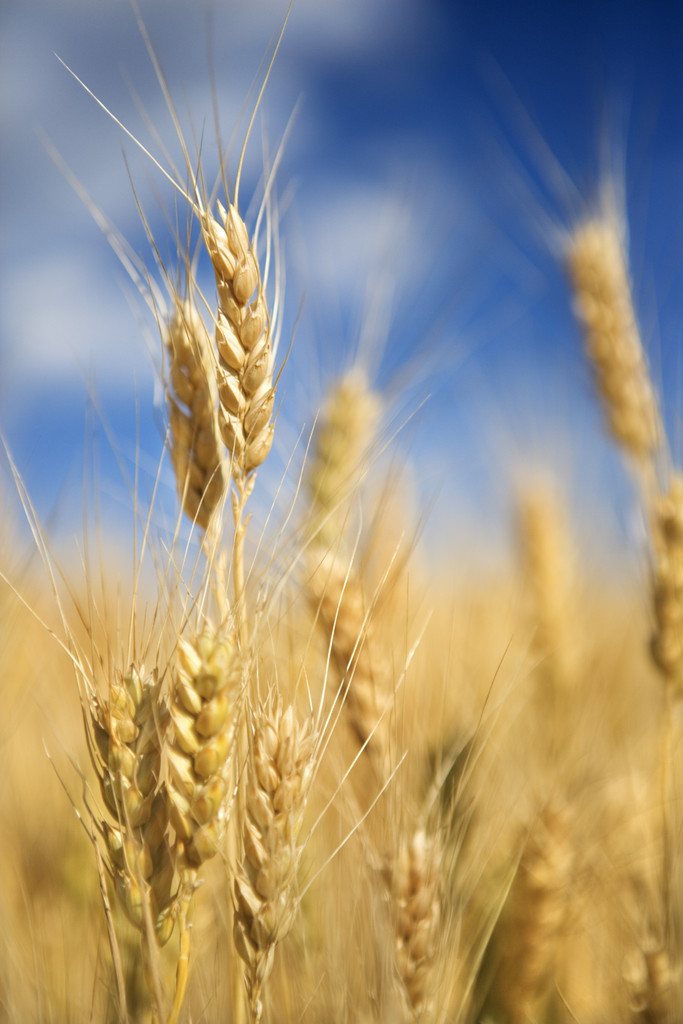 You may have read about the importance of whole wheat or whole grains. But it can be confusing to know what food to buy. Marketing terms like “enriched” and “contains whole wheat” are used on packages, but what does that mean? Let’s look at the word “enriched” first. Enriched products are foods that have had nutrients added to them during the production process. The reason that many breads, pastas and cereals are enriched is because it was made with refined, white wheat flour. White wheat flour (not whole wheat flour) is the result of taking the whole wheat grain, stripping out the bran and germ (and the majority of the vitamins, minerals and fibre) and then using chemical bleaches to “whiten” the end flour. They then “enrich” the flour with a few (not all) synthetic versions of the vitamins and minerals that were initially taken out. Why would they do this? Initially, it was to extend the shelf life of the flour (grains were never intended to last two years in your cupboard) and to allow for fluffy baking. The trouble with this flour is that we eat something with lots of carbs (aka sugar) and little nutrition. This action, long term, contributes to weight gain, diabetes and other conditions.
You may have read about the importance of whole wheat or whole grains. But it can be confusing to know what food to buy. Marketing terms like “enriched” and “contains whole wheat” are used on packages, but what does that mean? Let’s look at the word “enriched” first. Enriched products are foods that have had nutrients added to them during the production process. The reason that many breads, pastas and cereals are enriched is because it was made with refined, white wheat flour. White wheat flour (not whole wheat flour) is the result of taking the whole wheat grain, stripping out the bran and germ (and the majority of the vitamins, minerals and fibre) and then using chemical bleaches to “whiten” the end flour. They then “enrich” the flour with a few (not all) synthetic versions of the vitamins and minerals that were initially taken out. Why would they do this? Initially, it was to extend the shelf life of the flour (grains were never intended to last two years in your cupboard) and to allow for fluffy baking. The trouble with this flour is that we eat something with lots of carbs (aka sugar) and little nutrition. This action, long term, contributes to weight gain, diabetes and other conditions.
What to do? Buy whole grain products get in the habit of eating a variety of whole grains (as with all foods) to ensure you are getting all the nutrients you need and reducing the risk of developing sensitivities/allergies. In the West, we tend to eat large amounts of wheat – but there is a whole world of grains out there, so have fun experimenting with oats, barley, brown rice, quinoa, millet, amaranth and corn. Regarding the good old “contains whole wheat” label…well, a product that contains mostly refined, white flour can put a little whole wheat flour in it and be allowed to state that it contains whole wheat. Look on the ingredient label…they list ingredients in order of volume, so the ingredients that are at the beginning of the list are in the largest quantity. Best bet…look for products that list “100% whole grain/wheat” products!